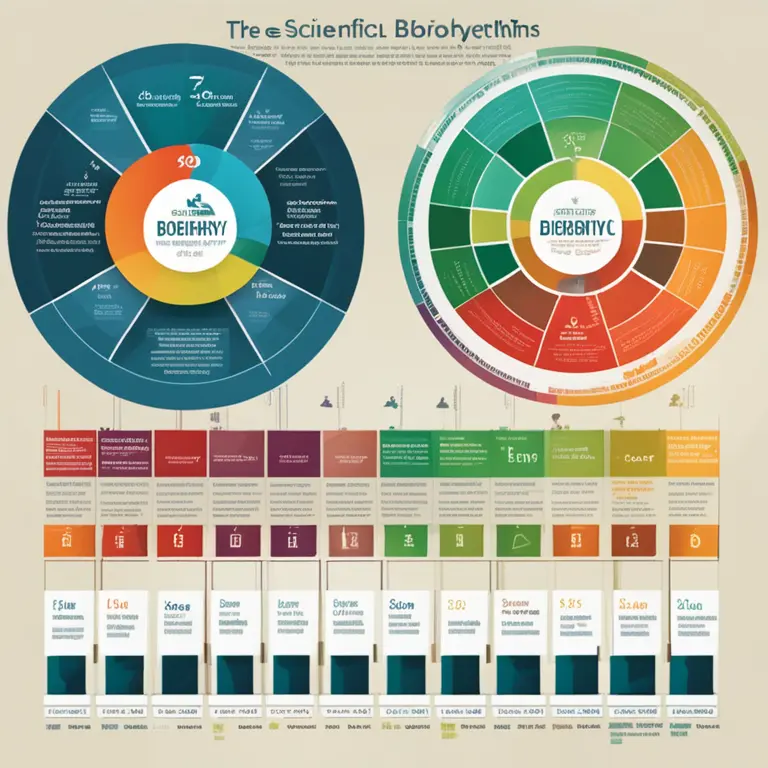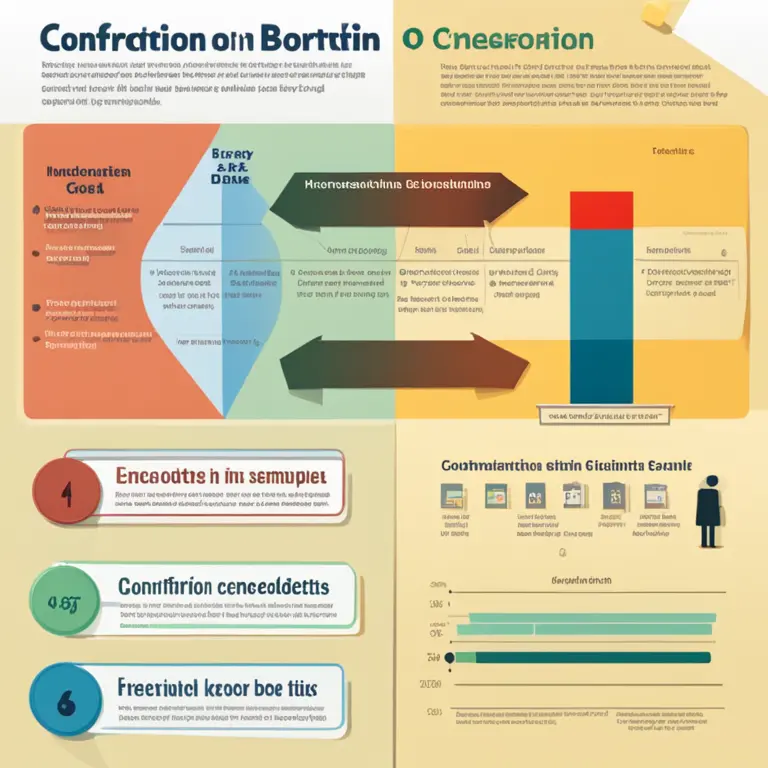
The Accuracy of Biorhythm Predictions: A Closer Look
Delving into the world of biorhythms to scrutinize their reliability and the science, or lack thereof, supporting their predictions.
article by Adrian Wallace
Defining Biorhythms
Biorhythms are based on the idea that our lives are influenced by natural mathematical cycles. Proponents argue that three primary cycles—affecting physical, emotional, and intellectual energies—ebb and flow through one's life, starting at birth. Each cycle has a different duration: 23 days for the physical, 28 days for the emotional, and 33 days for the intellectual. By charting these, believers claim one can predict their peaks and troughs of wellbeing and capability.

Historical Context of Biorhythms
The biorhythm theory gained traction in the late 19th century with Dr. Wilhelm Fliess, a contemporary of Sigmund Freud. Over time, biorhythms became a pop culture phenomenon, especially during the 1970s. Enthusiasts would chart their cycles manually or with the help of early software, aiming to optimize life decisions from sports performance to romantic engagements.

The Scientific Stance
Despite the historical fascination, the scientific community has largely debunked biorhythms. Studies claiming to demonstrate their accuracy are often criticized for small sample sizes and selective reporting. Biorhythms do not align with biofeedback research or chronobiological studies, which recognize circadian rhythms but not the fixed biorhythm cycles. In essence, while bodily rhythms exist, they don't follow the predictable, singular patterns that biorhythm theory suggests.

User Experiences with Biorhythms
Many individuals report personal anecdotes of accuracy, yet these stories are often influenced by confirmation bias—the tendency to remember events that confirm one's beliefs and forget those that don't. When individuals are told they are in a high phase of one of their cycles, they are more likely to pay attention to positive outcomes, thus reinforcing their belief in biorhythms.
Placebo Effect and Self-Fulfilling Prophecies
There's a potential placebo effect where if someone believes they are on a high or a low that day according to their biorhythm, their attitudes and behaviors may subconsciously change to fulfill that prophecy. This effect makes it difficult to discern if biorhythms themselves have any tangible influence or if it's merely the belief in them that brings about change.
Biorhythms in the Digital Age
In 2024, digital biorhythm calculators and apps claim enhanced accuracy through algorithms, yet these are often no more scientifically valid than their predecessors. The popularity of such technology leans on user engagement and the appeal of personalized insights, even despite the lack of empirical evidence to back the generated predictions.
The Future of Biorhythm Studies
As interest in personal and spiritual growth persists, so too will explorations into concepts like biorhythms. Future scientific advancements may shed new light, but until then, the general consensus in the scientific community implies that biorhythms are not reliable predictors of one’s day-to-day life experiences.
Published: 1/30/2024
Modified: 1/30/2024
More predictions
Come back here soon to learn more about yourself and your future


The Rhythms Concept: A Guide to Biorhythms
Discover the intriguing concept of biorhythms: the cyclic patterns influencing our physical, emotional, and intellectual states.


The World Of Rhythms: A Guide to Biorhythms
Delve into the world of biorhythms to comprehend how they influence our physical, emotional, and intellectual states. Discover their significance and implications for your day-to-day life.


A Guide to Biorhythms Journey
Embark on a journey of self-discovery through the science of biorhythms to optimize your life's potential.